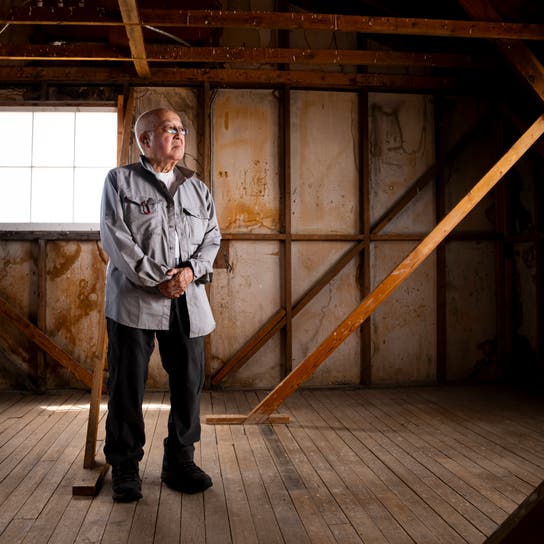Many of us these days are contemplating the various ways that cultural and ethnic erasure play out globally. In one example in the U.S., there’s been a recent clash between the government and survivors of Japanese American incarceration camps over the development of land near a memorial that’s crucial to the community.
According to a report by The Associated Press, the Bureau of Land Management is planning to build a wind farm that would include 118 square miles of 400 turbines near the Minidoka National Historic Site in Jerome, Idaho — one of the few remaining sacred spaces for Japanese American survivors of U.S. incarceration camps.
A group of survivors are trying to stop this, arguing that the project will challenge the accessibility of the memorial, and that building the wind farm here will contribute to the erasure of a crucial moment in Japanese American history.
For decades, the Minidoka National Historic Site has been a place of healing for survivors who were forcibly shuttled into concentration camps in the supposed interest of national security after the 1941 bombing of Pearl Harbor. During this time, the government saw even innocent civilians, including children, as a threat ― based on nothing more than their race, and despite the fact that these individuals had no prior history of violence.
From 1942 to 1946, 10 incarceration camps were scattered across the western United States — some of them on tribal lands. According to the National Archives, the camps held 120,000 Japanese Americans, adults and children alike, who were forced to leave their homes and everything they knew for a life of heightened surveillance and state-sanctioned violence.
Since closing these camps in 1946, the government has done little to keep a physical record of this history ― outside of Minidoka, which became a national park in 2001. Now, it serves as a memorial for survivors and their families visiting the site. The land holds the truth about their experiences of imprisonment, and has been central to many survivors’ healing processes. In all likelihood, it is one of the last pieces of physical evidence that this atrocity ever took place. The families of survivors — or anyone who knows what it’s like to be a feared and disenfranchised minority in this country — understand how important it is to have monuments like this to reflect on America’s darker history.
Because of this, individuals who spent traumatic periods of their lives at Minidoka are now speaking out to challenge the decision to convert areas near the national park into a wind farm. The conversion would be a part of a plan to produce up to 1,000 megawatts of power for Idaho residents. According to the AP, supporters of the project cite the increasing need for clean energy to the area.
Reducing our dependence on planet-warming fossil fuels is indeed an urgent priority. Still, while our nation’s leaders look to address climate issues that affect all of us, incarceration camp survivors and their families are trying to bring to light the U.S. government’s pattern of finding solutions that just so happen to contribute to the erasure of marginalized communities and histories.
“If Minidoka was a white memorial to white soldiers who died in whatever war it is, do you think that they would offer free land to Lava Ridge to develop their windmills there?” Paul Tomita, an 84-year-old incarceration camp survivor, told the AP. “Hell no.”
There’s a lot to consider here. How can we effectively address climate change without performing acts of cultural erasure? How do we protect sacred land and include their stewards in our response to climate change? And how can we work collectively to create equitable solutions for everyone?
Zora Neale Hurston once said: “If you’re silent about your pain, they’ll kill you and say you enjoyed it.” Reducing access to the Minidoka memorial site is arguably a form of blotting out a dark history that we all need to keep in our memories — so the same mistakes are never repeated.

